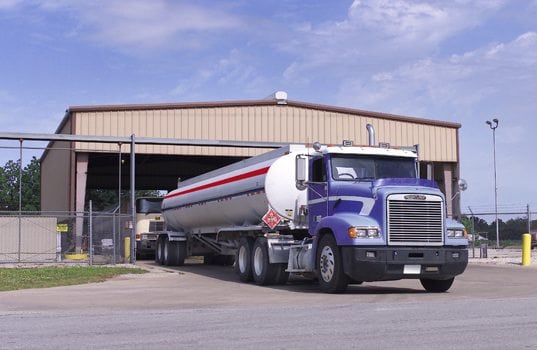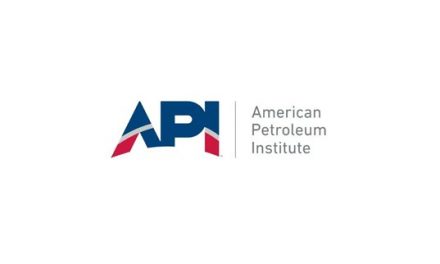By Joe Petrowski
An obvious concern among terminal owners and wholesalers is that with an expected decline in gasoline and diesel sales over the next seven years, why are terminals such valuable assets and a key competitive advantage in wholesale marketing? Let’s go to the numbers.
There are currently 3,000 terminal locations across the United States with a shell capacity of 2.1 billion barrels or about 700,000 barrels per terminal.
If demand falls to 150 billion gallons per year, or four billion barrels, that is ten million barrels per day (worst case scenario) for refined product demand. While supply of throughput is very elastic depending on tank configuration, products being stored, blending capability and configuration, a rough rule of thumb says that shell capacity is 30 days of demand or 300 million barrels (number of tanks, season and weather). If the market is in contango or backwardation it affects that capacity rule, so at 15% capacity, it is still a well-supplied and competitive market, with continuing pressure on margins.
Of course, as in many things, location is everything. With an effective truck arc of 30 miles (and less in congested areas or areas with strict product shipping regulations, such as Massachusetts) along with waterborne terminals, effective capacity is less when you consider these 3,000 terminal hubs cover a nine million square mile country.
The competitive drivers for a terminal then are:
1. Great location
2. Large acreage (not only for ease of access and capacity expansion but increasingly for parking trucks for commercial accounts)
3. Good supply infrastructure (pipeline, water, rail)
4. Blending capability
5. Ability to develop CNG, LNG, bio and hydrogen supply when necessary
6. Well maintained and safe
7. Base load of throughput customers driven by a brand, contracted supply or exceptional unbranded wholesale team, lessening the reliance on third-party throughput customers
8. State of the art systems for inventory, quality and billing control
9. Bulk load-out capability
10. Access to high KV power lines (increasingly, terminals are exceptional locations for peak generation)
While we could see some terminal consolidation as the market for refined products stagnates, the changing mix of fuels and needs of the commercial transport market will still make well-located, well-configured and well-operated terminals very valuable investments for any serious supplier.
 Joe Petrowski has had a long career in international commodity trading, energy and retail management and public policy development. In 2005, he was named President and CEO of Gulf Oil LP and elected to the Gulf Oil LP Board of Directors. In October of 2008 he was named CEO of the now combined Gulf Oil and Cumberland Farms whose annual revenues exceed $11 billion and that now operates in 27 states. In September 2013, Petrowski stepped down as CEO of The Cumberland Gulf Group. He is now managing director of Mercantor Partners, a private equity firm investing in convenience and energy distribution, and a member of the Gulf board.
Joe Petrowski has had a long career in international commodity trading, energy and retail management and public policy development. In 2005, he was named President and CEO of Gulf Oil LP and elected to the Gulf Oil LP Board of Directors. In October of 2008 he was named CEO of the now combined Gulf Oil and Cumberland Farms whose annual revenues exceed $11 billion and that now operates in 27 states. In September 2013, Petrowski stepped down as CEO of The Cumberland Gulf Group. He is now managing director of Mercantor Partners, a private equity firm investing in convenience and energy distribution, and a member of the Gulf board.








